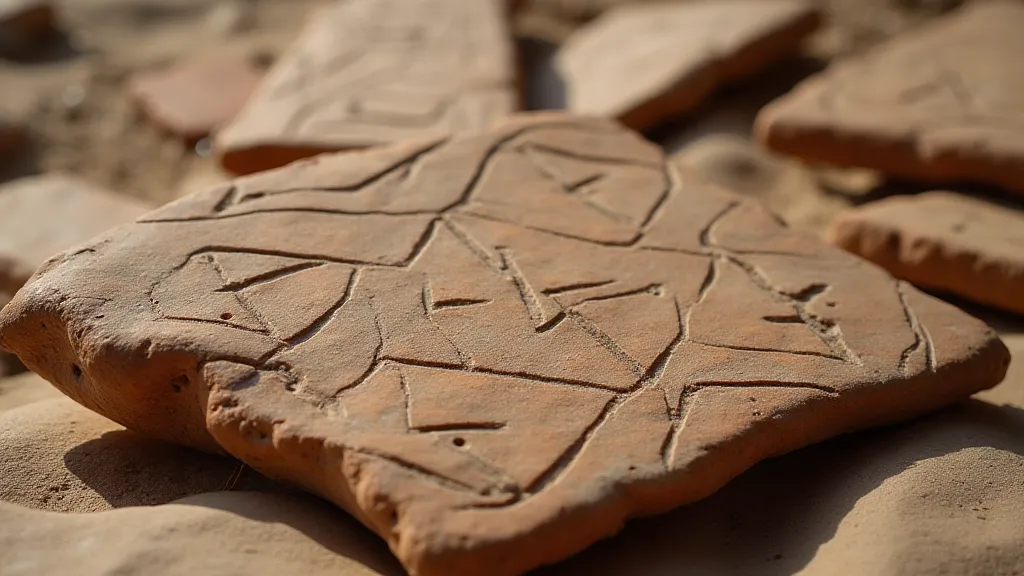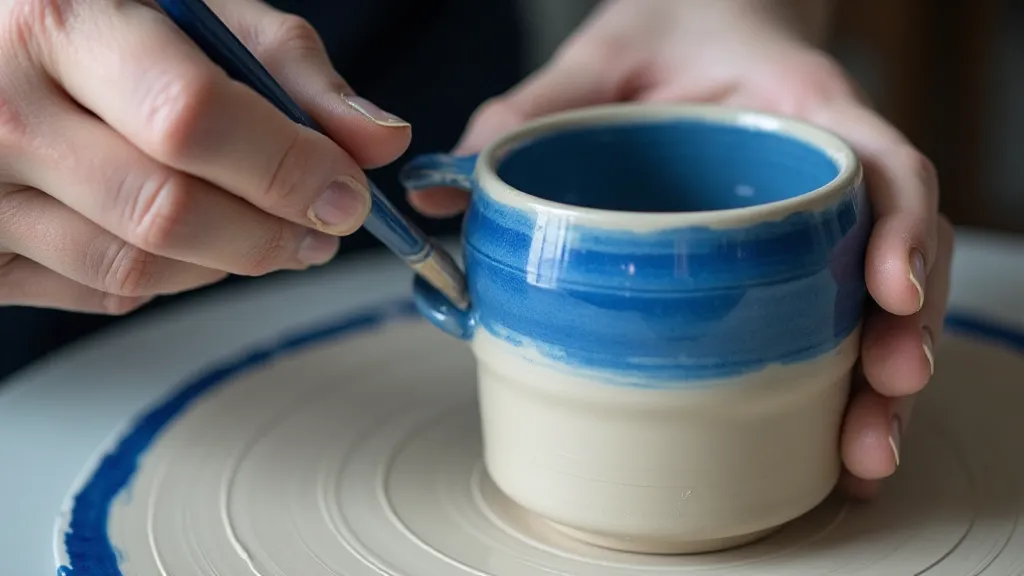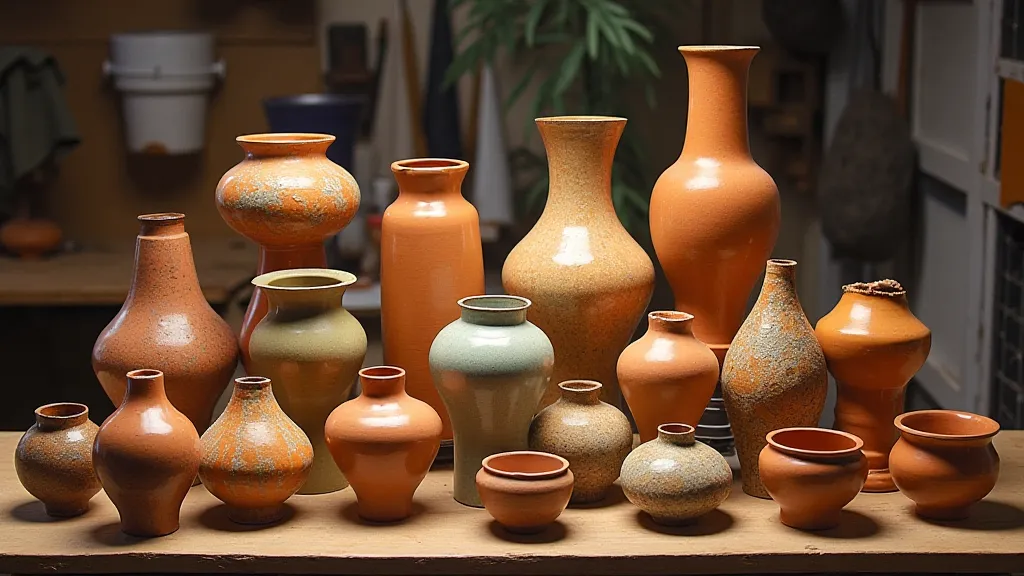The Crucible of Adaptation: Modern Interpretations of Regional Pottery
The scent of clay, the rhythmic whir of the wheel, the hypnotic dance of hands shaping earth into form – these are the hallmarks of pottery, a craft interwoven with the very fabric of human history. But pottery isn't just about the creation of vessels; it's about place, about culture, about the quiet transmission of knowledge across generations. Regional pottery, in particular, represents a fascinating intersection of environment, tradition, and human ingenuity. It’s a story etched in the glaze, baked into the clay, and whispered by the cracks and imperfections of each piece. And increasingly, that story is being re-told, reimagined, and revitalized by contemporary potters who are honoring the past while forging a new artistic future.
I remember visiting my grandmother’s house as a child. Nestled amongst her collection of antique accordions – instruments she’s played all her life – were several pieces of pottery from her childhood. Each vessel, imperfect yet imbued with a certain rustic charm, felt like a tangible link to a simpler time. The stories she told, not just about the accordions, but about the women who crafted those pots, their lives so intrinsically tied to the land and the clay – these memories have profoundly shaped my appreciation for traditional craftsmanship.
The beauty of regional pottery lies in its specificity. Think of the vibrant, often-geometric designs of Pueblo pottery in the American Southwest, born from the raw materials found in the desert landscape and reflecting the cosmology of its creators. Consider the distinctive “sgraffito” techniques of Delftware in the Netherlands, its cobalt blue glaze and intricate scenes drawn from history and folklore. Or the elegant, subtly-colored celadon ware of Jingdezhen in China, perfected over centuries and still revered today. Each region developed its own unique clay sources, firing techniques, glaze recipes, and decorative styles, often dictated by what was locally available and influenced by cultural beliefs and historical events. These weren’t just decorative choices; they were profound expressions of identity.

The Echoes of Tradition: Historical Context
To truly understand modern interpretations of regional pottery, we need to appreciate the historical context from which they arise. Many traditional pottery techniques were originally utilitarian, serving a vital role in daily life. Vessels were needed for cooking, storage, and water transportation. The limited availability of resources often necessitated ingenuity and the development of highly efficient and sustainable production methods. This practicality, however, didn’t preclude artistry. Quite the opposite. The need to create functional objects often spurred innovation and the development of highly refined aesthetic qualities.
The advent of industrialization in the 19th century brought significant changes to pottery production. Mass-produced ceramics became more readily available, often at lower prices, which threatened the survival of traditional craftspeople. Many regional pottery traditions faced decline as younger generations moved to urban centers seeking alternative employment. However, the mid-20th century witnessed a revival of interest in handmade crafts, fueled by a desire for authenticity and a rejection of mass-produced goods. This revival often coincided with a renewed appreciation for the cultural heritage embodied in regional pottery.
The Modern Potter: Blending Past and Present
Today, contemporary potters are engaging with regional pottery traditions in a variety of ways. Some are meticulously recreating historical forms and techniques, striving to preserve the knowledge of their ancestors. Others are drawing inspiration from traditional motifs and patterns, adapting them to contemporary designs. And still others are experimenting with new materials and techniques, pushing the boundaries of what’s possible while remaining rooted in the cultural heritage of their region.
What's truly remarkable is the ability of these potters to infuse these traditional forms with a sense of modernity. They are not simply replicating the past; they are reinterpreting it, adding their own unique voice and perspective. This often involves incorporating elements of modern design, such as minimalist aesthetics, bold colors, and innovative glazes. The result is a fascinating dialogue between tradition and innovation – a testament to the enduring power of human creativity.
Consider, for example, a potter in Japan working with the traditional Bizen ware technique, known for its unglazed, heavily-fired stoneware. Historically, Bizen ware was primarily functional, used for tea ceremony vessels and other utilitarian objects. A modern potter might retain the signature rustic texture and earthy tones of Bizen ware but adapt the form to create a sculptural piece, a contemporary vase that retains the essence of tradition while transcending its original function.

Preservation, Innovation, and the Collector’s Eye
The renewed interest in regional pottery has significant implications for preservation and cultural heritage. By actively engaging with traditional techniques, contemporary potters are helping to keep these skills alive and passing them on to future generations. Furthermore, the creation of new pieces inspired by regional pottery traditions helps to raise awareness of the cultural significance of these art forms and to foster a sense of pride and identity.
For collectors, the world of regional pottery offers a wealth of possibilities. Antique pieces can offer a direct connection to the past, allowing us to appreciate the skill and artistry of potters who lived centuries ago. However, it’s important to understand the nuances of collecting regional pottery. Researching the history, techniques, and characteristics of specific traditions can significantly enhance the collecting experience. Look for pieces that exhibit signs of authenticity, such as the use of traditional clay sources, firing techniques, and decorative motifs. Pay attention to the craftsmanship - the precision of the wheel-thrown form, the quality of the glaze, and the skill of the decoration.
The value of a piece is not solely based on its rarity or age. It's about the story it tells, the cultural significance it represents, and the beauty it embodies. The most valuable pieces are often those that embody a unique combination of historical significance, artistic merit, and personal connection.
The legacy of regional pottery isn's confined to museums or antique shops. It lives on in the hands of contemporary potters who are honoring the past while forging a new artistic future. It’s a vibrant, evolving tradition that reflects the enduring power of human creativity and the importance of connecting with our cultural heritage. Just like the subtle shifts and variations in the tone of an antique accordion, the imperfections and nuances of handmade pottery are a testament to the human touch – a mark of authenticity and a reflection of the soul of a region.






